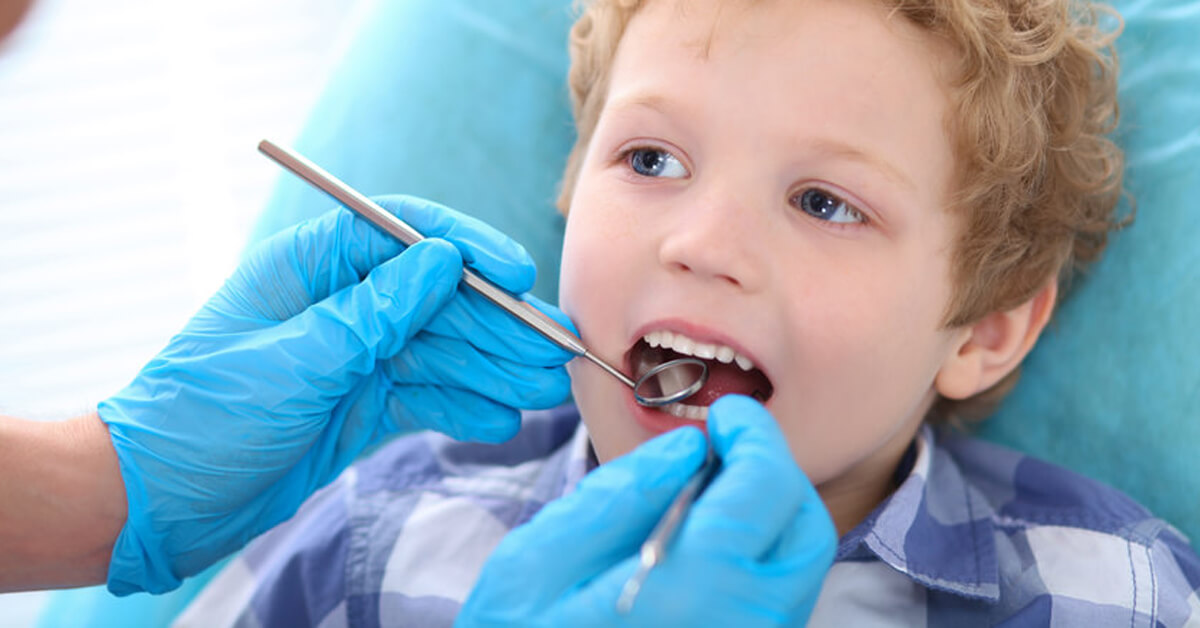
As a parent, you do your very best to make sure that you have healthy kids. I’ve never met a parent who isn’t concerned about their kid’s dental health.
I’ve also never met a parent who hasn’t had trouble with getting their kids brushing their teeth.
Healthy teeth are one of the best signs of your kid’s health in general. That’s why dentistry for children is so important. But for many reasons, your kids’ dental health may not pan out the way you would like it to.
For example, when it’s time to get your kids’ dental health checked, are you instilled with confidence?
When most parents bring their kid for a dental check-up, they’re wondering if something is wrong.
Thoughts flow through your head. You think how they haven’t been brushing their teeth. Do they have a cavity? Will they need braces? What age should I take my child to see the dentist?
Dentistry for kids is often brought with a feeling of anxiety that there is a problem.
That feeling of uncertainty you feel with kids’ dentistry is a problem. It’s a problem because our kids’ dental health feels more like a lottery than something we knowingly take care of.
As a dentist, I was long confronted with problems with dentistry for kids. And it took me a long time to realize that dentistry for children wasn’t ideal.
There are some key things that traditional dentistry for kids is missing for healthy kids teeth.
In this article we’re going to look at them:
Problem number 1: Kids Dentistry is based on treatment
Tooth decay is the most prevalent chronic disease in children. Due to high rates of decay, the most common setup for kids’ dentistry is to identify disease and apply treatment.
In point number two we’re going to explain why this is the case.
Kids dentistry is often started too late. We wait for teeth to erupt and check and hope they are ok on the surface. The idea that we look at teeth as inanimate objects fails to appreciate how dental diseases occur.
The recommendation by the American Dental Association is that once a kid’s first tooth erupts, they should see a dentist.
There is far too little emphasis placed on the longer term risk factors of dental disease.
The reality is that tooth decay progresses very slowly.
According to Professor Wendall Evans from the University of Sydney.
“It takes an average of four to eight years for decay to progress from the tooth’s outer layer (enamel) to the inner layer (dentine). That is plenty of time for the decay to be detected and treated before it becomes a cavity and requires a filling.”
Once your kid has cavities in their teeth that need a dental filling, the process has been going for a long time in your child’s mouth.
The survival rate of dental restorations may range from anywhere between 5-8 years. The reality is that studies and definitive longevity of dental restorations are somewhat unknown.
That’s why when our kids have a cavity in their tooth, treatment is the last resort. If a child needs a dental restoration, it means they will need life-long treatment on that tooth.
The PROBLEM is that a cavity in kid’s teeth should be managed long before it becomes a problem. Dental restorations are effective in preventing further damage to teeth including infection. But the long term damage to your kid’s dental health has already happened.
Tooth decay has social and economic influences; however, education is the key. Parents who are aware of their kid’s dental health are more likely to prevent cavities naturally.
Education needs a bigger focus on prevention over treatment.
Traditional kid’s dentistry is far more set up to spot decay when they appear rather than prevent them.
Which brings us to point number two.
Problem number two: Prevention in kid’s dentistry isn’t real prevention
In the last few decades, there has been a shift in focus to ‘prevention’ based dentistry. This has been a positive shift from the ‘drill and fill’ days of kid’s dentistry.
When we talk about kid’s health, prevention should always be the first priority. The problem is, the approach to ‘prevention’ for kid’s dental health has some serious flaws.
Everyone is familiar with the most common form of dental prevention. Your kid needs to brush their teeth of course.
But let’s look at one elephant in the room EVERY parent knows about kids and brushing teeth.
Very, very few kids are brushing teeth properly. I can think of only one situation where a child has excellent oral hygiene. That’s when their parent (who is trained in dental hygiene) is holding them down and brushing their teeth for them.
As a dentist, this doesn’t surprise me. Until the age of twelve, most kids don’t have the hand-eye skills for brushing teeth. Then if you add desire and attention span into the equation, the stark reality is most kids don’t brush properly!
Yet, I see lots of kids that clearly aren’t brushing their teeth, yet have no sign of tooth decay.
Research into kids that don’t brush properly doesn’t necessary link to disease either. Kids with behavioral disorders have been studied by researchers.
One study shows that kids who have ADHD are less likely to brush their teeth. But their risk of dental disease wasn’t any higher than kids that did brush their teeth more. Another study showed a high rate of non-cavitated lesions. That’s decay that hasn’t broken enamel of the tooth yet.
Research is limited in this area. But neither of these studies suggest that poor oral hygiene requires dental fillings. Nor does it show that oral hygiene is effective to prevent cavities in kids.
Other prevention strategies include dental sealants and fluoride treatments. Dental sealants have some evidence to suggest their effectiveness, but the quality isn’t high. Fluoride also can have a protective impact on decay.
Dental sealants block build-up of plaque in vulnerable fissures on top of back teeth. While fluoride changes the make-up of enamel to make it more resistant.
Both aren’t NEEDED to prevent cavities in kids. They are interventions. I like to call them preventative interventions. This is where the biggest problem with kid’s dentistry lies. We don’t spend enough time on ACTUAL disease prevention.
Prevention needs to consider the processes that cause disease.
For kid’s dental health, their DIET is the most important factor. If your kids eat the wrong foods, it causes imbalances in their mouth that can lead to disease. Changing your kid’s diet is key to preventing disease and should be the first consideration for children’s dentistry.
Before a child sits in the chair, their diet should long be shaped for healthy teeth.
Problem number 3: Kids Dentistry often waits for problems to happen
One of the best examples of kid’s dentistry waiting for disease is braces for teeth. For a long-time, dentists would wait until a child had lost their kids teeth, then braces would be put on to straighten teeth.
We now know that this approach misses many of the factors that cause the problem in the first place.
Crooked teeth are a result of your kid’s jaw not growing the way it should.
A child’s mouth function, including breathing, muscle use and oral function all contribute to crooked teeth.
Crooked teeth can be prevented by correcting functional problems in kids.
Kids who mouth breathe and have crooked teeth may even have a higher risk of suffering snoring or sleep apnea. A tired kid can also sometimes be misdiagnosed as having ADD.
Breathing sleep and function may all be prevented by an earlier dental diagnosis.
Kids dentistry that simply puts braces your kid’s teeth on once their jaw has fully formed has missed the chance to correct growth.
Children’s Orthodontics should teach kids to breathe properly, use their tongue properly and crooked braces can be prevented naturally.
Orofacial myology reteaches kids to use their facial muscles correctly, that may also play a role. The tongue and facial muscles are the most influential forces for kids to grow straight teeth.
Most importantly for kid’s health, brain function, sleep, and breathing appear to have a close connection. When we wait for braces, we may be missing health problems that earlier assessment and a functional approach could of have completely prevented.
Dentistry for kids: 6 questions to find a great dentist for your child
When it comes to your kid’s dental health, you want forward thinking care.
There are plenty of great dentists out there performing progressive kids’ dentistry.
If you are looking for a new dentist, start by asking them these questions to see if they are the right fit for your kid’s dental health.
Here’s a list that will help you find a great kids dentist.
- At what age do they recommend their first dental visit?
- Does your dentist do dietary counsel to prevent disease?
- Do they refer to a myofunctional, mycologist or speech therapist?
- What age do they refer for orthodontic treatment?
- Do they work with a sleep specialist or ENT?
- What is their stance on fluoride for children under 6?
Do you have any questions regarding your kids dental health? Go ahead and put them in the comments below.
For more information on Dr. Lin’s clinical protocol that highlights the steps parents can take to prevent dental problems in their children: Click here.
Want to know more? Dr Steven Lin’s book, The Dental Diet, is available to order today. An exploration of ancestral medicine, the human microbiome and epigenetics it’s a complete guide to the mouth-body connection. Take the journey and the 40-day delicious food program for life-changing oral and whole health.
Click below to order your copy now:
US AMAZON
US Barnes & Noble
UK AMAZON
Australia BOOKTOPIA
Canada INDIGO
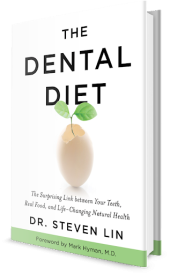
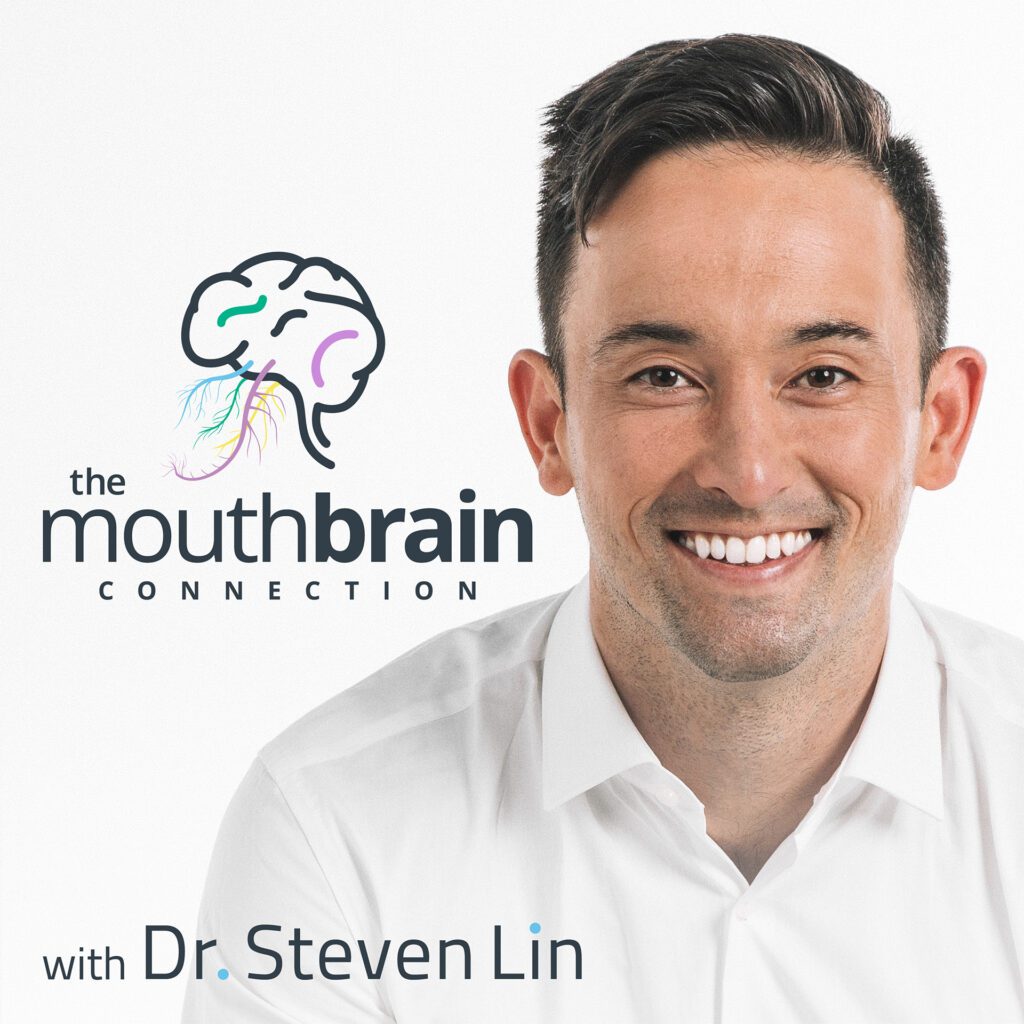

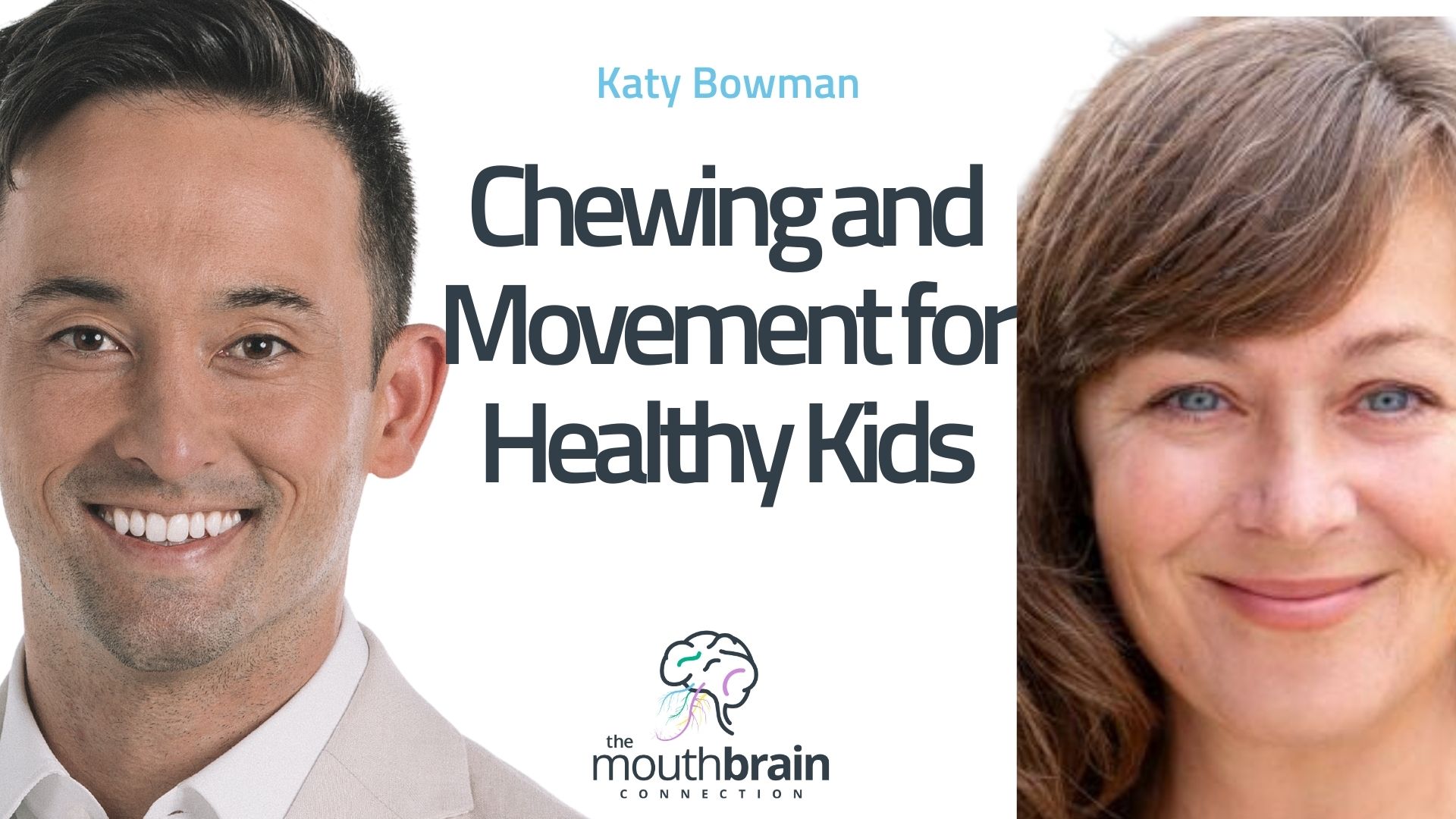
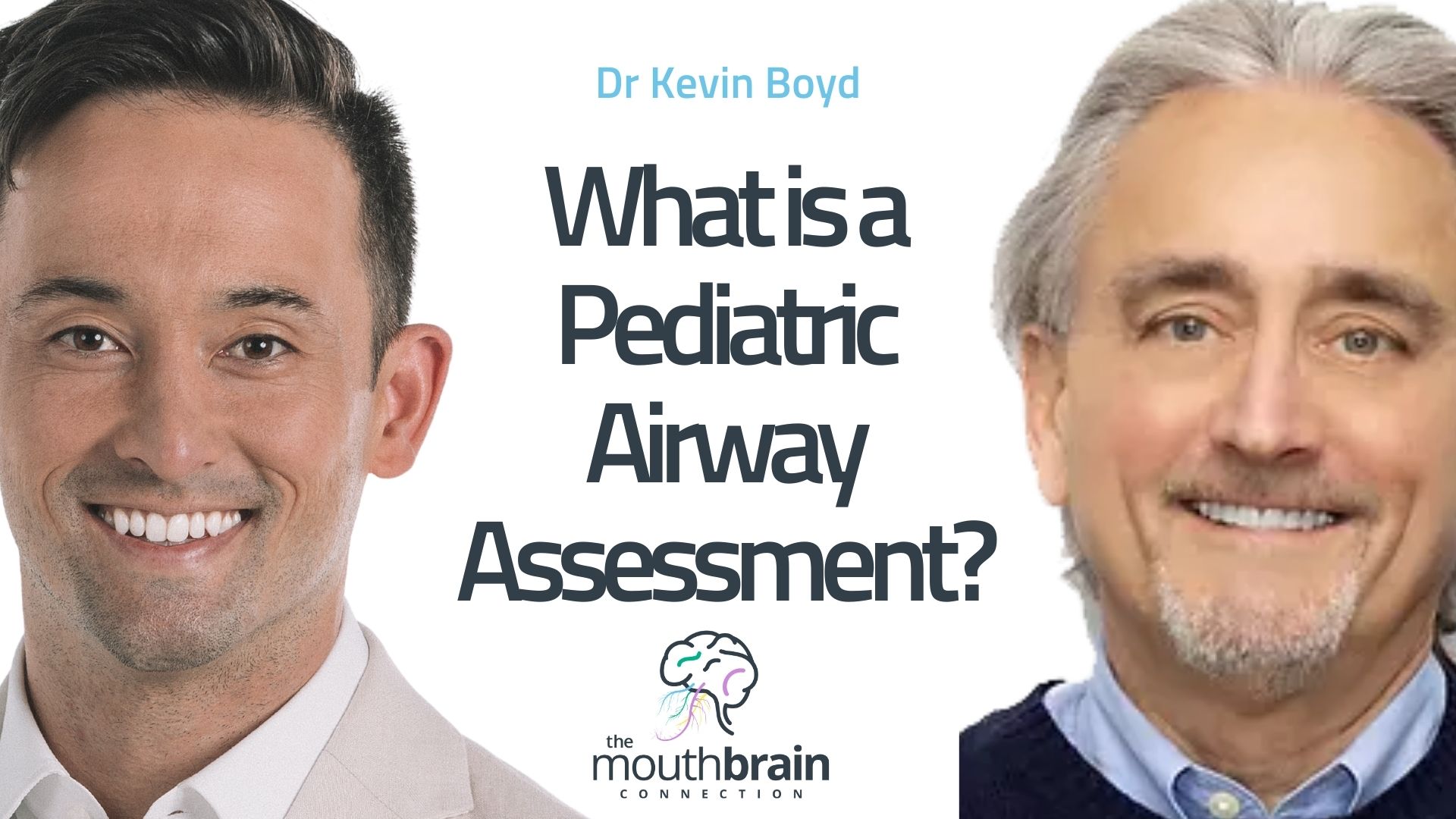
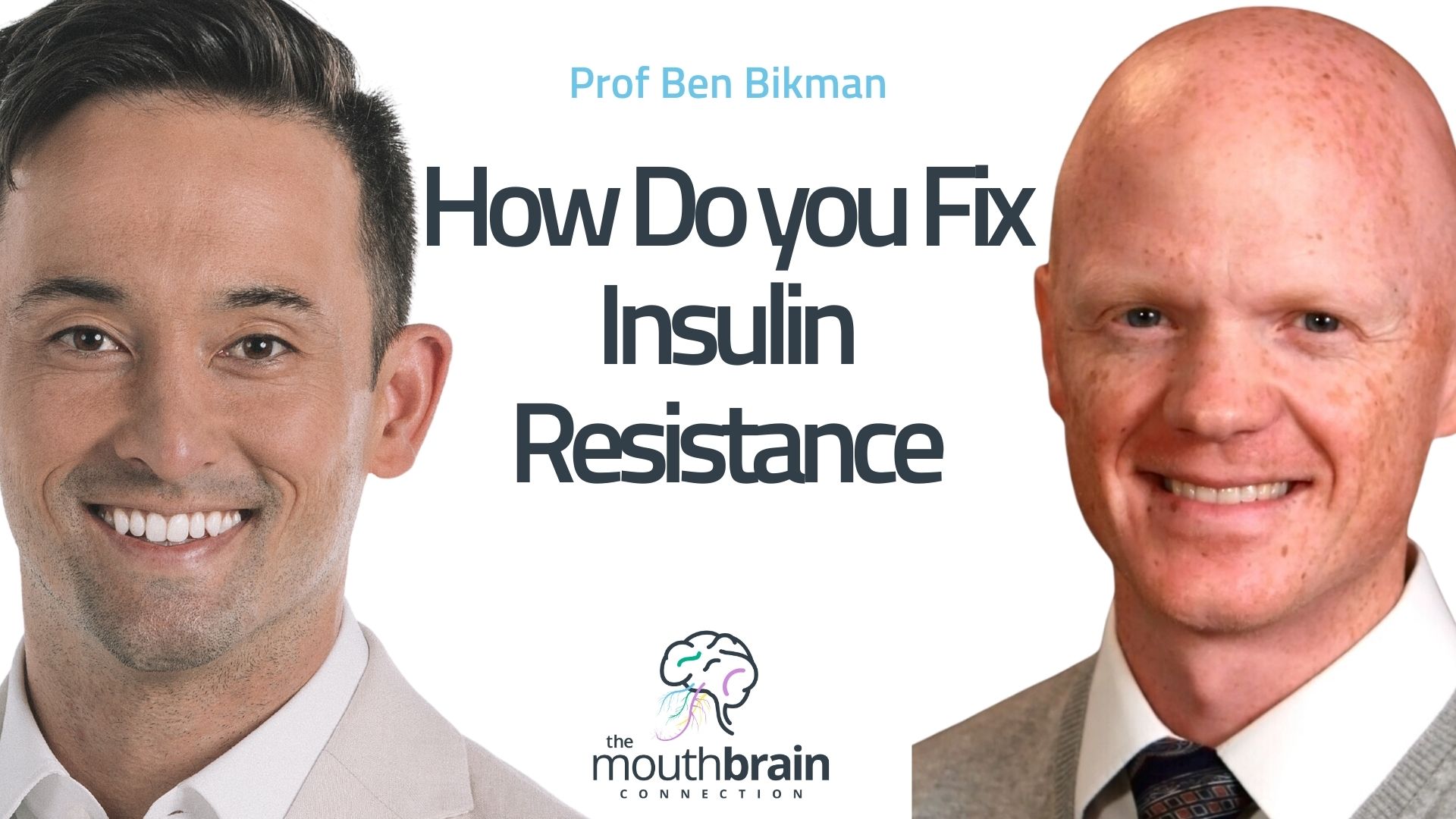

One Response
Are dental sealants dangerous as far as the ingredient used? I don’t know what’s in them?